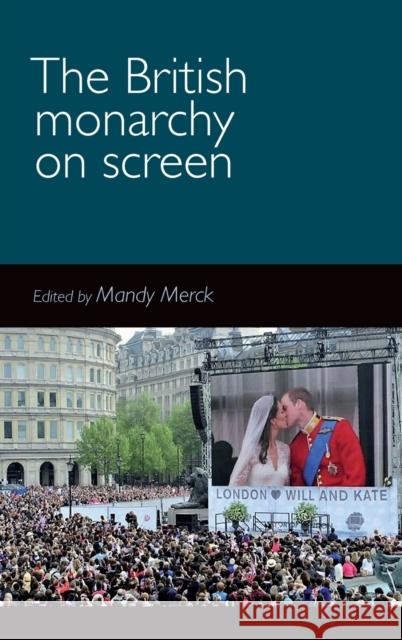The British monarchy on screen » książka
The British monarchy on screen
ISBN-13: 9780719099564 / Angielski / Twarda / 2016 / 432 str.
Moving images of the British monarchy, in fact and fiction, are almost as old as the moving image itself, dating back to an 1895 dramatic vignette, The Execution of Mary Queen of Scots. Led by Queen Victoria, British monarchs themselves appeared in the new 'animated photography' from 1896. Half a century later, the 1953 coronation of Elizabeth II was a milestone in the adoption of television, watched by 20 million Britons and 100 million North Americans. At the century's end, Princess Diana's funeral was viewed by 2.5 billion worldwide. Historians have argued that the power of the image has bolstered the British monarchy as its political power has waned, but media scholars have been slow to examine how that power has been secured by royal self-promotion, entrepreneurial deference, narrative sympathy, reportorial discretion and spectacular exhibition. In the first book-length examination of film and television representations of this enduring institution, distinguished scholars of media and political history analyse the screen representations of royalty from Henry VIII to 'William and Kate'. Among their concerns are the commercial value of royal representations, the convergence of the monarch and the movie star, and the historical use of the moving image to maintain the Crown's legitimacy. Seventeen essays by international commentators examine the portrayal of royalty in the 'actuality' picture, the early extended feature, amateur cinema, the movie melodrama, the Commonwealth documentary, New Queer Cinema, TV current affairs, the big screen ceremonial and the post-historical boxed set. These contributors include Ian Christie, Elisabeth Bronfen, Andrew Higson, Steven Fielding, Karen Lury, Glyn Davis, Ann Gray, Jane Landman, Victoria Duckett, Jude Cowan Montague, James Downs, Barbara Straumann, Deirdre Gilfedder, Jo Stephenson, Ruth Adams, Erin Bell, Basil Glynn and Nicola Rehling. A long over-due contribution to film and television studies, this collection will become an essential resource for scholars and students of British media and political history.











